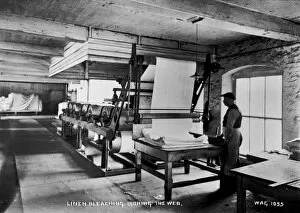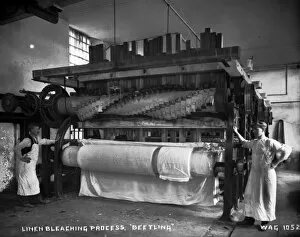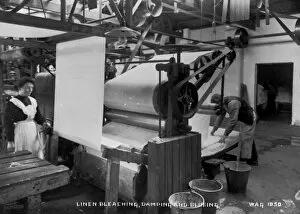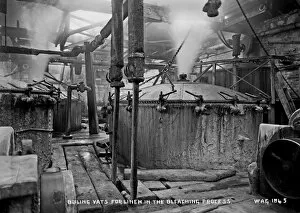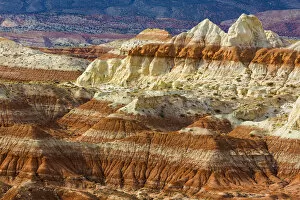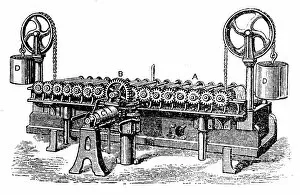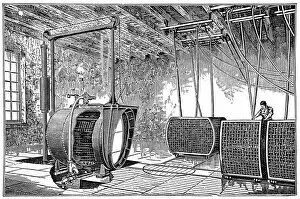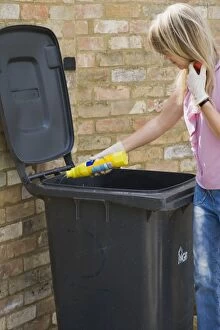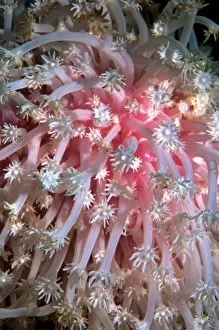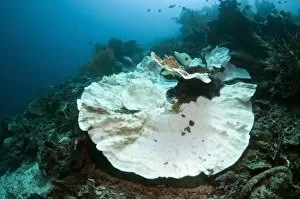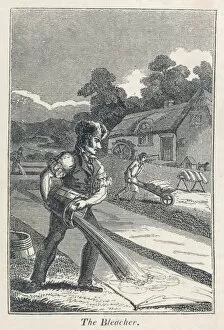Bleaching Collection (#2)
"Bleaching: Unveiling the Victorian Era's Linen Production Secrets" Step into a time machine and journey back to the Victorian period
For sale as Licensed Images
Choose your image, Select your licence and Download the media
"Bleaching: Unveiling the Victorian Era's Linen Production Secrets" Step into a time machine and journey back to the Victorian period, where linen manufacture thrived under the meticulous process of bleaching. Delve into the intriguing world of this ancient craft, as we explore various aspects that shaped its history. Imagine entering a dimly lit cave, known as a bleaching liquor cave, where linen fabric was soaked in potent solutions to achieve its pristine whiteness. This hidden sanctuary held secrets that transformed ordinary cloth into luxurious masterpieces. In those days, yarn bleaching on grass was also common practice. Picture skilled artisans meticulously spreading yarn across lush green fields under the warm sun. The natural elements worked their magic alongside human hands to create dazzling white threads for further production. The importance in linen manufacture cannot be overstated. It played an integral role in enhancing textile quality and ensuring garments met high standards of elegance during the Victorian era. Bleach houses were established as dedicated spaces solely devoted to this transformative process. One notable establishment that contributed significantly to this industry was Charles Tennants St. Rollox Chemical Works – a name synonymous with excellence in bleach production during that era. Their innovative techniques revolutionized linen manufacturing and set new benchmarks for others to follow. However, not all instances of "bleaching" carry positive connotations today. In our modern world, coral reefs suffer from devastating effects due to climate change-induced phenomena like coral bleaching. Witnessing once vibrant underwater ecosystems turn pale and lifeless is a stark reminder of nature's fragility. Even beyond marine environments, traces of "bleached" anomalies can be found elsewhere - such as anemones losing their vivid colors or even peculiar black-and-white photographs capturing costume packers handling bleach powder during earlier times. Trades associated with it also left their mark on different cultures around the globe; Regency Ireland witnessed bustling activity centered around Irish cabins and salmon leaps, where bleaching was a prominent trade.

